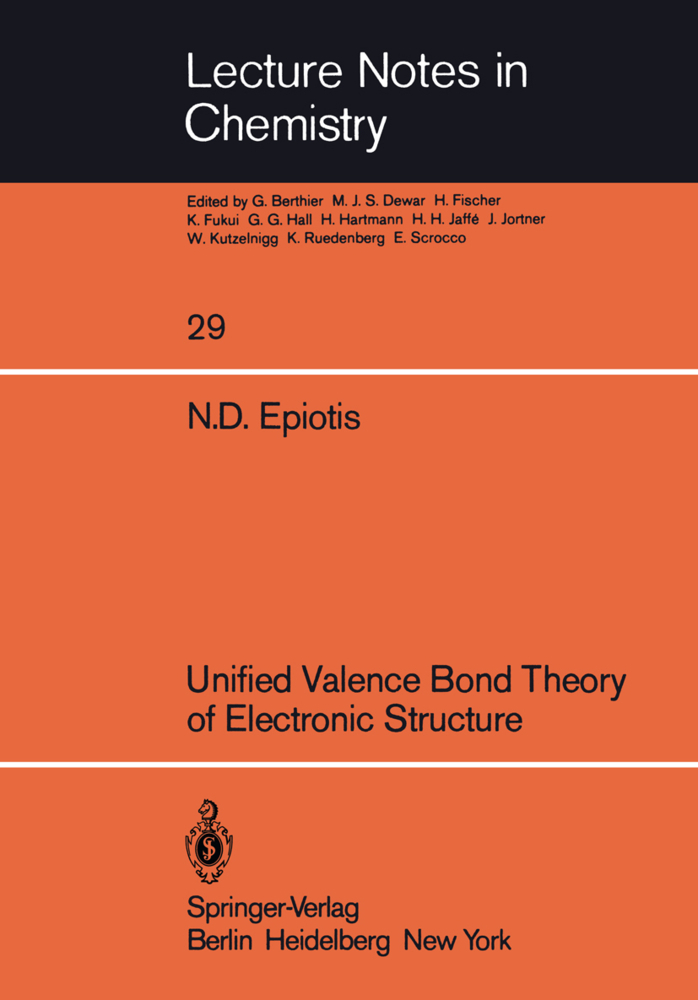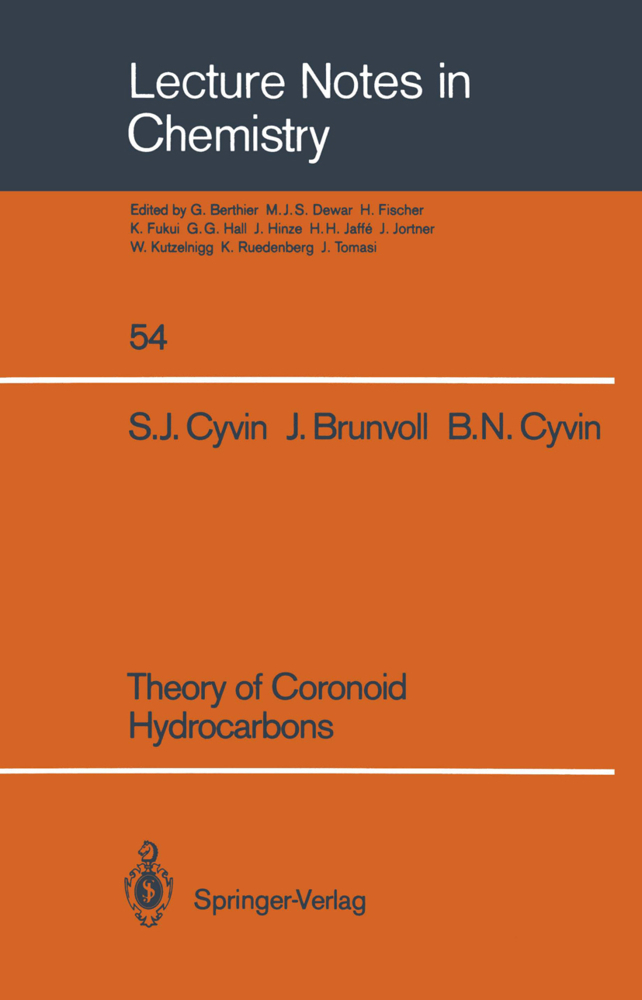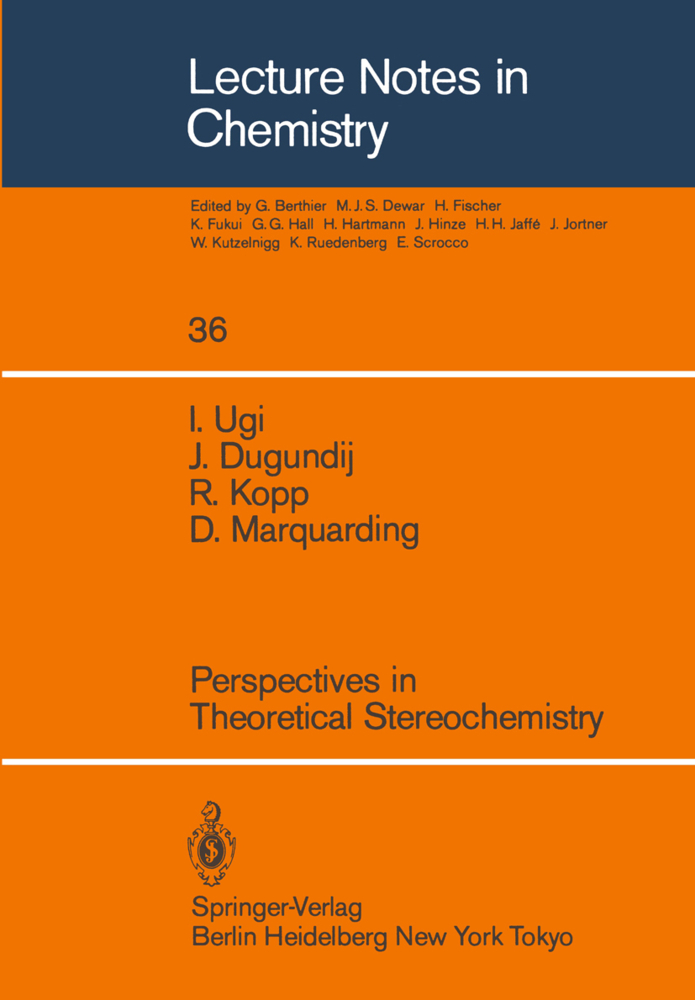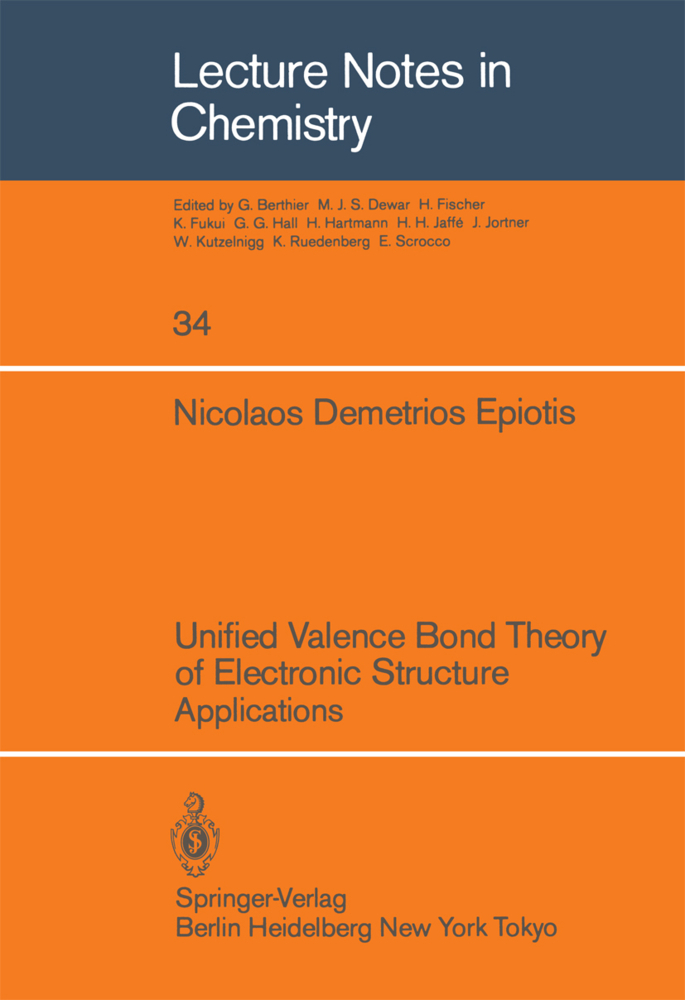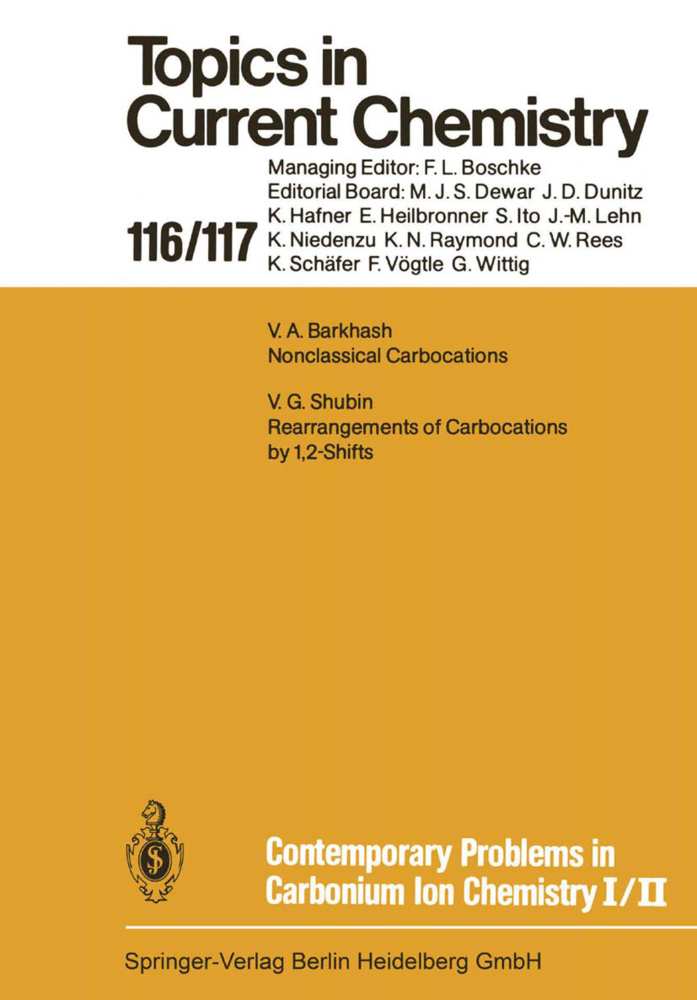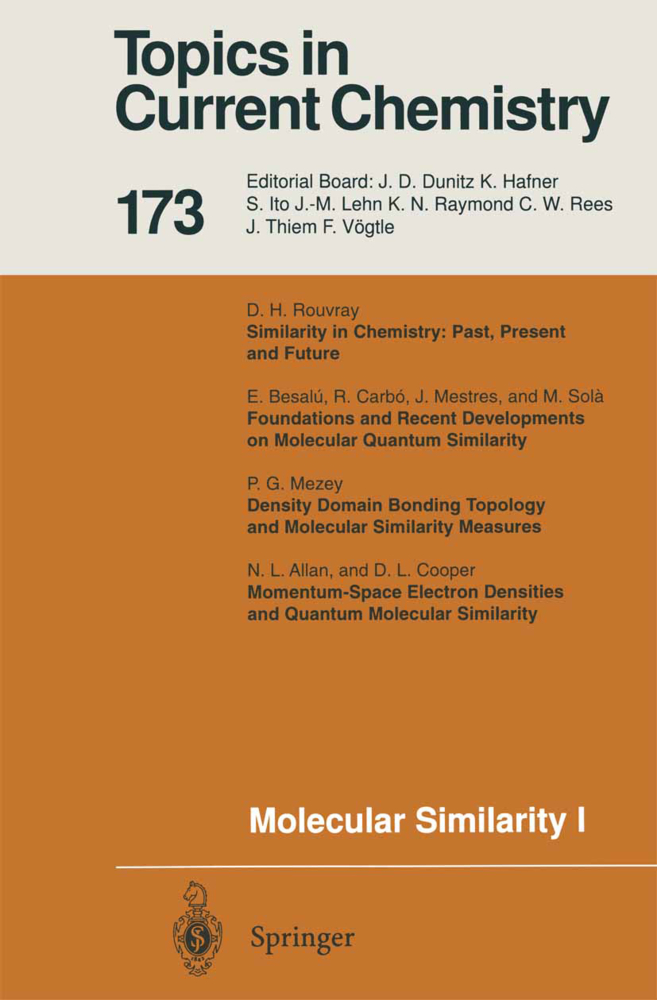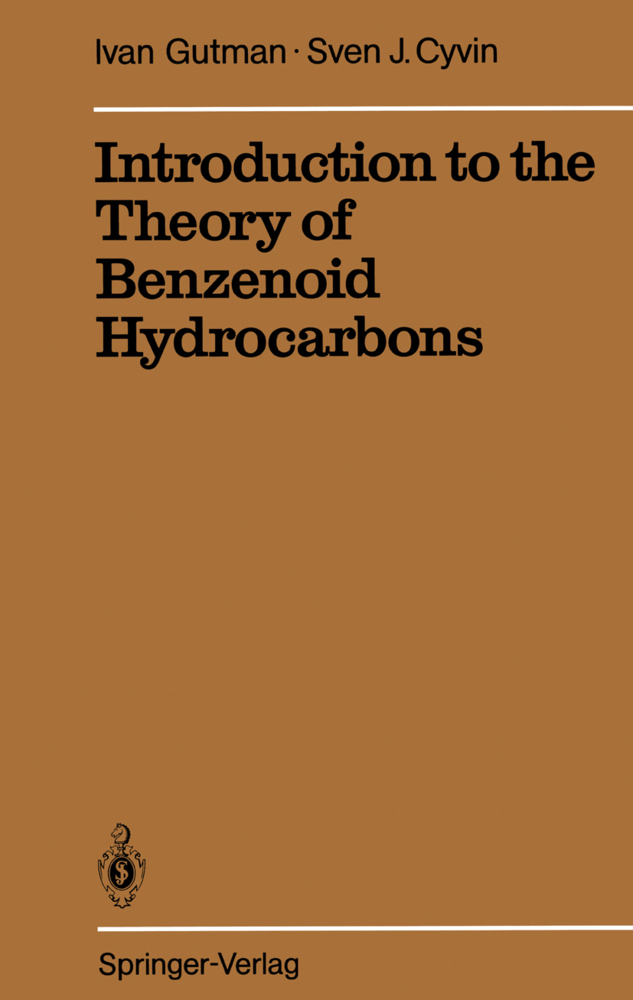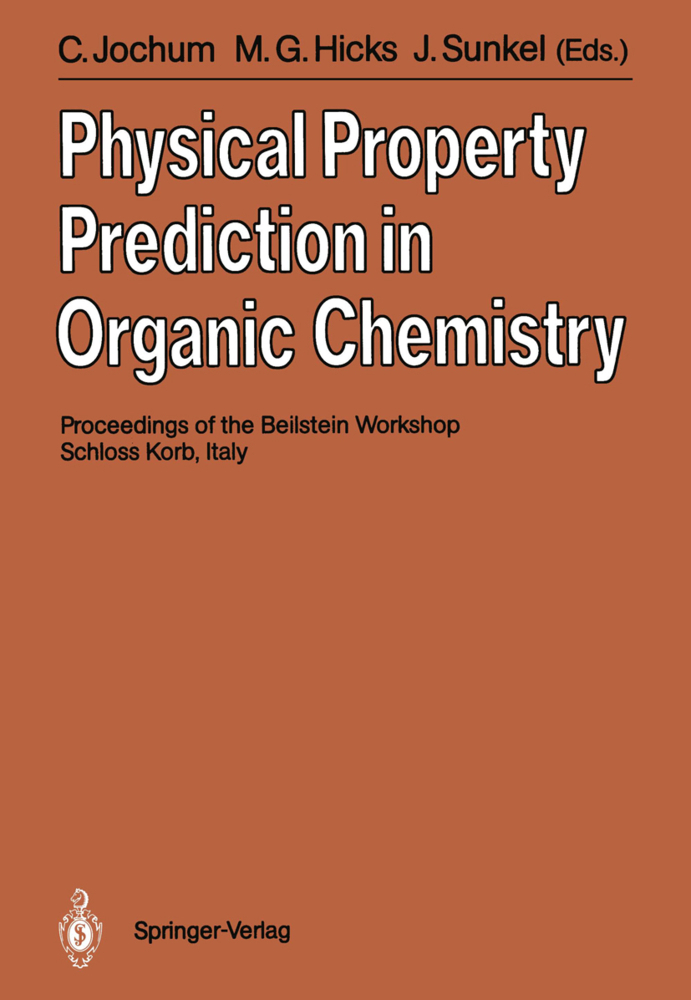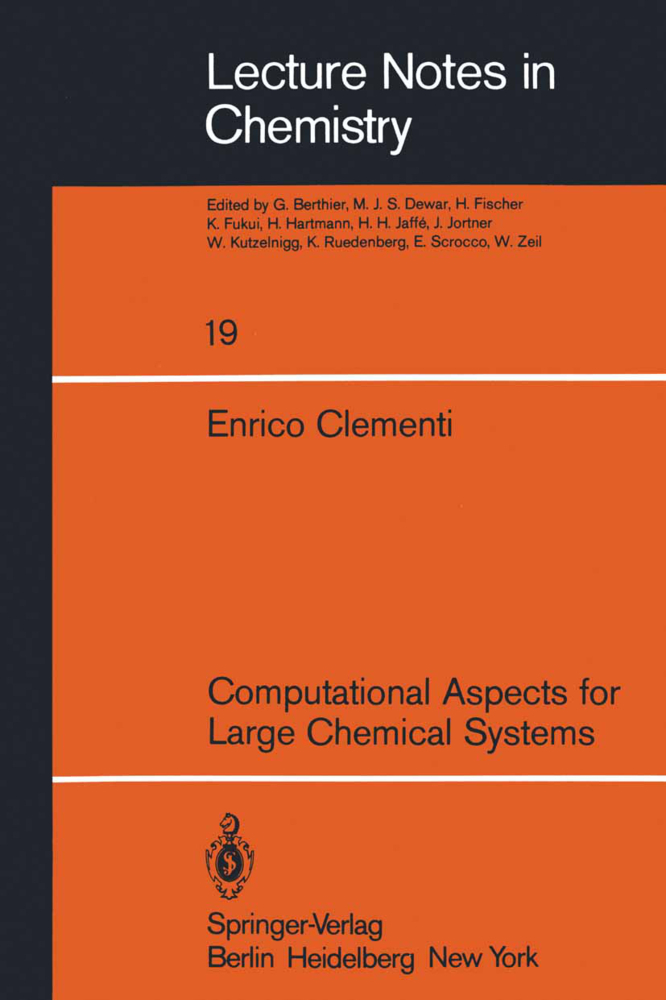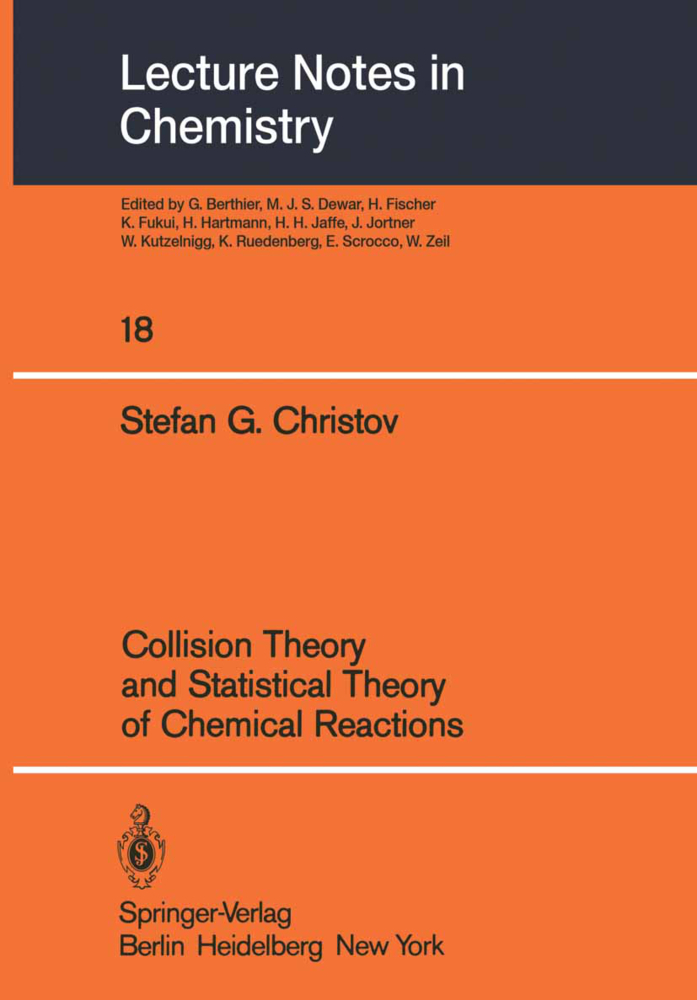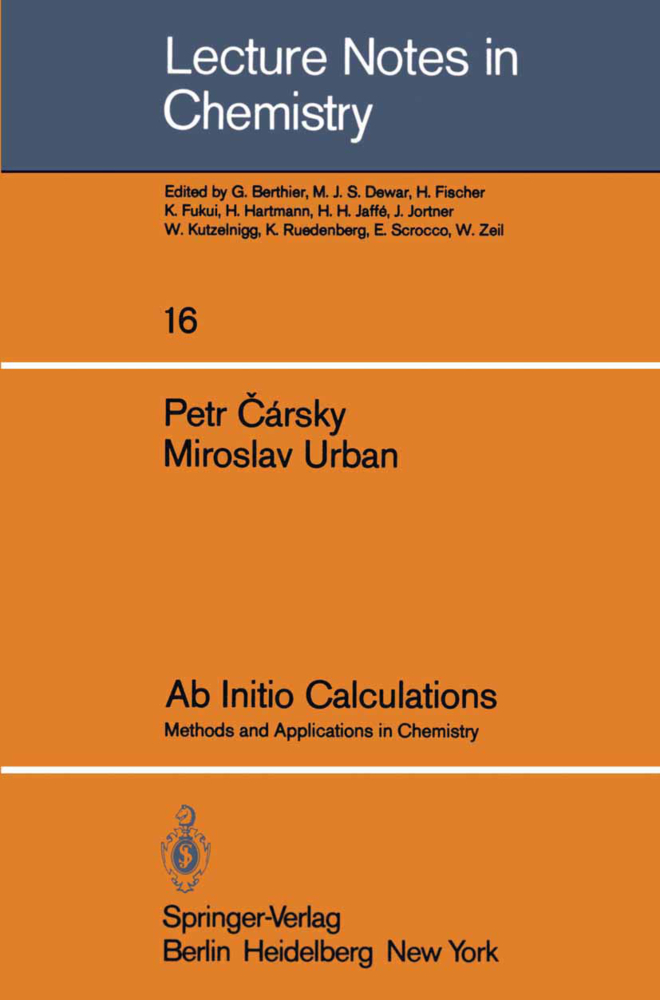Unified Valence Bond Theory of Electronic Structure
Unified Valence Bond Theory of Electronic Structure
In the last fifty years. computational chemistry has made impressive strides. Huckel NO computations were rapidly succeeded by semiempirical monodeterminantal Self Consistent Field (SCF) MO calculations which now give way to high quality ab initio calculations of the poly-determinantal SCF-MO and Generalized VB variety. By contrast. no analogous progress has been made in the area of the qualitative theo~ of chemical bonding. In fact. more than a half-centu~ after the exposition of HUckel MO theory the conceptual superstructure of chemist~ is still founded on it. This is made glaringly evident by the fact that highly sophisticated computations are still interpreted with primitive HUckel MO theory. despite the fact that most chemists are well aware of its formal deficiencies. The current popularity Qf qual1tati. ve MO theory among experimental i sts is not the resul t ~f fonnai -advances ~Wt, rather the consequence of stimulating application of old MO theoreti~a. 1 ~oncepts. : . . "" This work attemps to improve this situation by outlining a~t. iJlitative theory of chemical bonding which operates at a high level of theoretical sophistication. It was first presented at the NATO Advanced Study Institute on "Topics in Theoretical Organic Chemistry" in Gargnano. Italy. in June 1979. and in other international meetings and conferences. colloquia. and informal gatherings in the period of time follOWing the Gargnano meeting. It was also presented in a seminar given at the University of Washington in October 1980.
B. Levels of VB and MO Theories
C. Qualitative Valence Bond Theory
D. Physical Interpretation of Diagonal Energy Matrix Elements
E. Physical Interpretation of the Interactions of CW's: "Ionic" versus "Covalent" Delocalization
F. Diagrammatic Matrix Elements
G. The VB Theory of Aromaticity
H. Heitier - London Theory of Stereoselection
I. The "Perfect" Form of Heitler - London Theory
J. Why HL Theory Cannot Qualify as a General Theory of Chemical Bonding
K. The Transition to "Orthogonal" VB Theory and Its Approximate Variants
L. The Physical Interpretation of VB Configuration Wavefunctions.
M. Huckel Valence Bond Theory of Stereoselection
N. Neglect of Differential Overlap Valence Bond Theory of Stereoselection
O. The Electronic Basis of Stereoselection
P. Conclusion
References
Appendices
II Qualitative Molecular Orbital-Valence Bond Theory
A. MOVB Theory
B. The MOVB Approach to Ground State Stereochemistry
C. Ground State Bond Diagrams
D. The Representation of Elementary Systems
E. The Basic Stereochemical Problems
F. Selection Rules for Chemical Bonding
G. The Concept of the Effective Energy Gap
H. The Representation of Polyelectronic Systems
I. Core and Ligand Group Orbitals
J. Applications
K. Compact MOVB Theory
L. Epilogue
References.
I Qualitative Valence Bond Theory of Model Systems
A. The Formal and Conceptual Difficulties of MO TheoryB. Levels of VB and MO Theories
C. Qualitative Valence Bond Theory
D. Physical Interpretation of Diagonal Energy Matrix Elements
E. Physical Interpretation of the Interactions of CW's: "Ionic" versus "Covalent" Delocalization
F. Diagrammatic Matrix Elements
G. The VB Theory of Aromaticity
H. Heitier - London Theory of Stereoselection
I. The "Perfect" Form of Heitler - London Theory
J. Why HL Theory Cannot Qualify as a General Theory of Chemical Bonding
K. The Transition to "Orthogonal" VB Theory and Its Approximate Variants
L. The Physical Interpretation of VB Configuration Wavefunctions.
M. Huckel Valence Bond Theory of Stereoselection
N. Neglect of Differential Overlap Valence Bond Theory of Stereoselection
O. The Electronic Basis of Stereoselection
P. Conclusion
References
Appendices
II Qualitative Molecular Orbital-Valence Bond Theory
A. MOVB Theory
B. The MOVB Approach to Ground State Stereochemistry
C. Ground State Bond Diagrams
D. The Representation of Elementary Systems
E. The Basic Stereochemical Problems
F. Selection Rules for Chemical Bonding
G. The Concept of the Effective Energy Gap
H. The Representation of Polyelectronic Systems
I. Core and Ligand Group Orbitals
J. Applications
K. Compact MOVB Theory
L. Epilogue
References.
Epiotis, Nicolaos D.
| ISBN | 978-3-540-11491-8 |
|---|---|
| Medientyp | Buch |
| Copyrightjahr | 1982 |
| Verlag | Springer, Berlin |
| Umfang | VIII, 308 Seiten |
| Sprache | Englisch |

